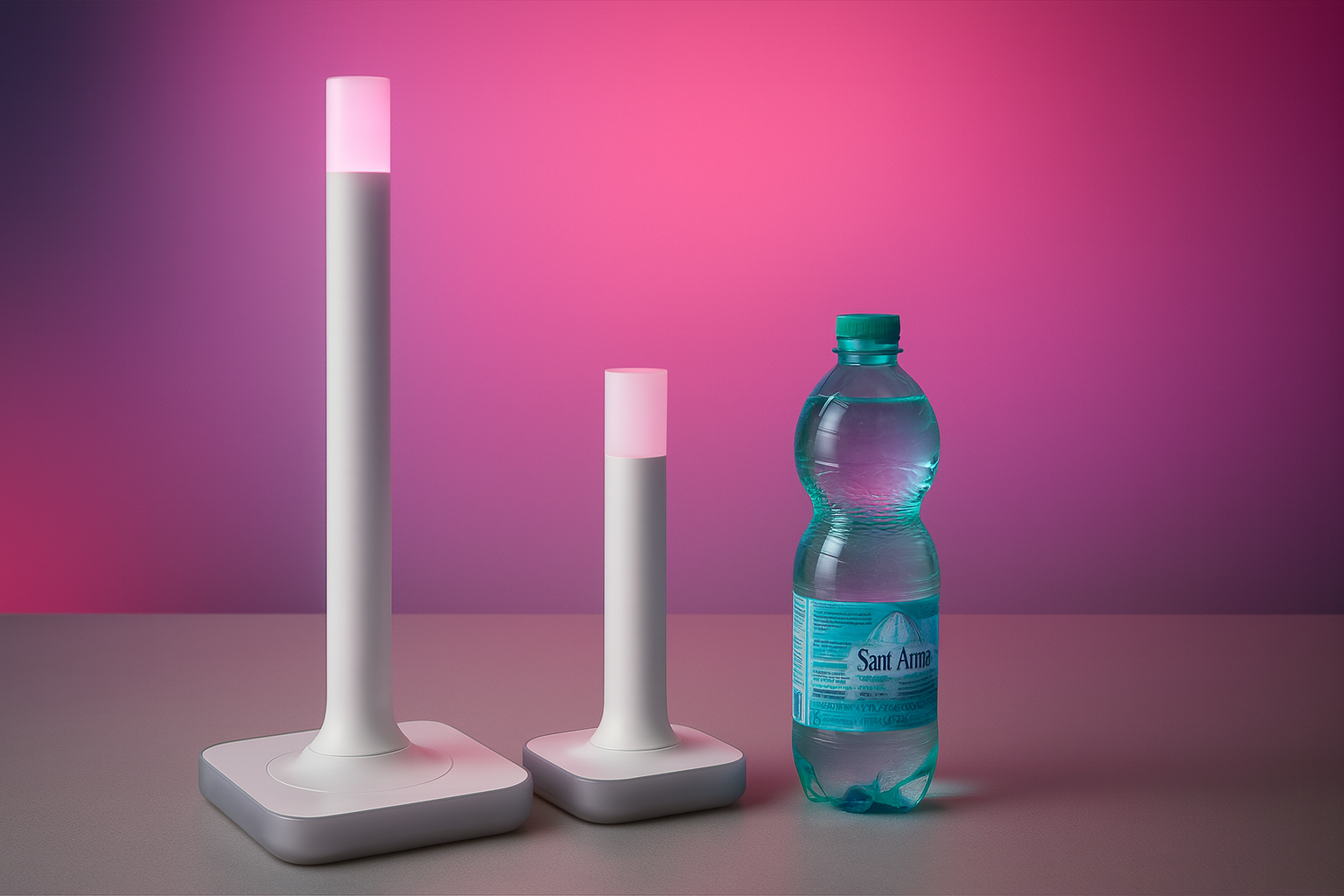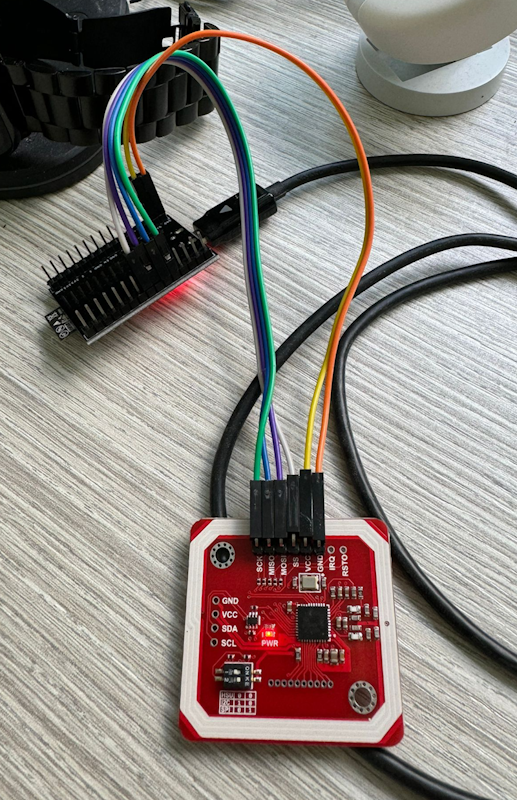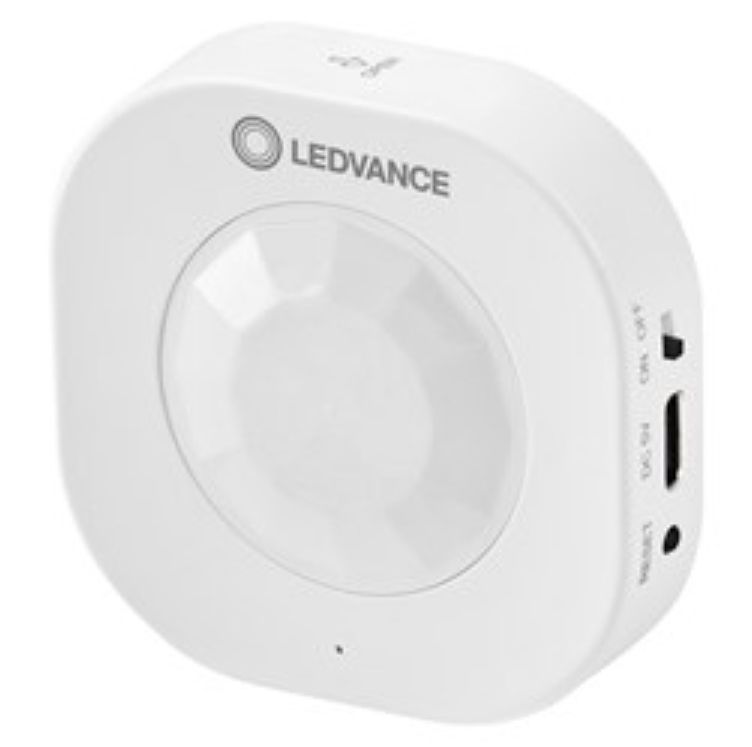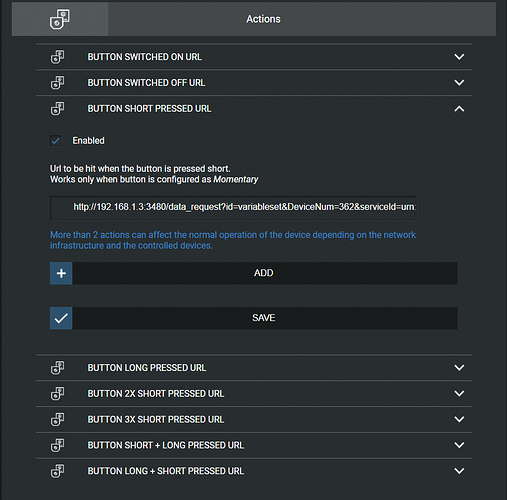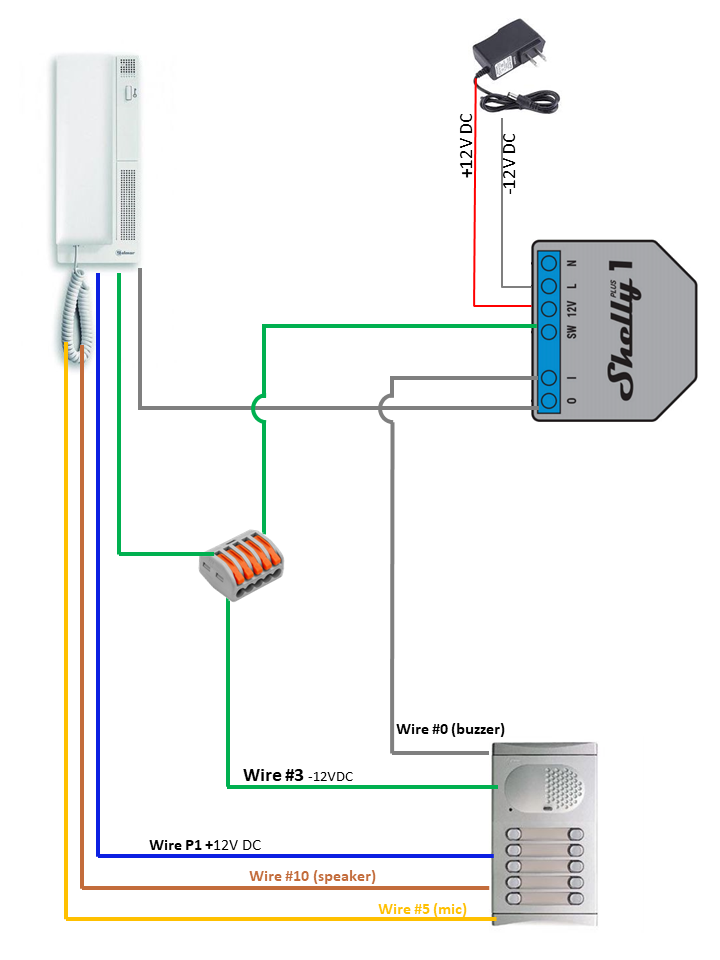TRVs and heating
-
Hi folks
Hope you're all keeping well.
Working as we are in lockdown has shown some issues in the heating of our house. Basically we have a Horstmann SRT321 in the Hallway with its partner connected to the boiler. That bit all works wonderfully.
Problem is when I'm up in the office, it gets a bit chill unless I turn the the Secure in the hallway up. But then the rest of the house get OTT.
So I thought perhaps I could fit TRVs to all the rads (probably a good idea anyway) but unless I'm wrong, unless the SRT321 has a call for heat, there's going to be no hot water for the rads when the TRV opens.
So I'm still cold.
Can I associate each of the TRVs to the boiler control (in the same way the SRT321 is) and get a call for heat directly, or am I going to have to do this programatically.
Or am I completely wrong in how to approach this?TIA
C
-
It's a bit of an issue. You can of course do this programatically if you have temperature sensors in all the rooms. But you'd have to drive the Horstmann relay programatically, which isn't ideal. The thermostat has some clever logic to drive your boiler in an optimal way (I think you can even set the boiler type in the Horstmann).
What I did: I put thermostats in the rooms that I want to have good temperature control in (3 rooms). The relay units near the boiler are simply wired in parallel: this defeats the cleverness of the boiler control... but only when more than one thermostat demands heat while being near its setpoint. The TRVs in those rooms are programmatically slaved to the thermostat: every so often the home controller reads the setpoint and updates the TRVs.
The TRVs in the other rooms are usually set to 14 degrees. At the moment I have them set so they go to 20 degrees when I turn the lights on in that room, and I close one of the boiler relays for 5 minutes to draw heat into the radiator. These are small rooms and this works well enough.
By the way, I'm getting some serious savings by not heating the rooms that are not in use during the day.
-
I didn't actually wire 3 Horstmann relays in parallel, it's one relay, plus 2 Fibaro dry contact relays (can't use a double unit, you can't associate the Horstman thermostat with the 2nd relay in the double unit). You can buy Horstman thermostats separately and save some cash that way. They associate just fine with regular switches (I have one associated with an additional switch for a floor heating pump)
-
I have 3 thermostats attached to a relay, calling for heat. If at least one of the thermostat's relays ask for heating, the relay is opened. My setup is a little bit complex, since I went for all electric (not very common here in Italy), so I have a pellet stove as well. This is turned on by the same thermostat and I can choose to heat via electricity or pellet.
But the design is very similar to yours. I think it's pretty normal to have multiple thermostats and a common relay.

